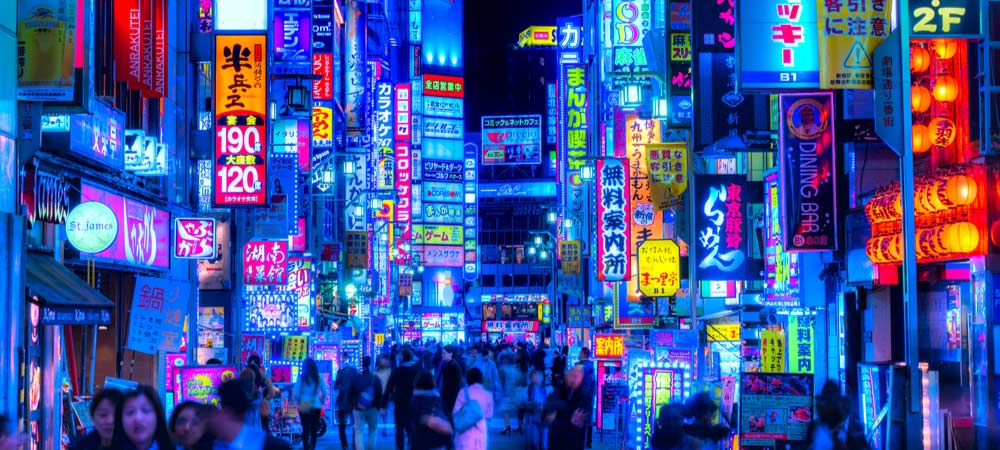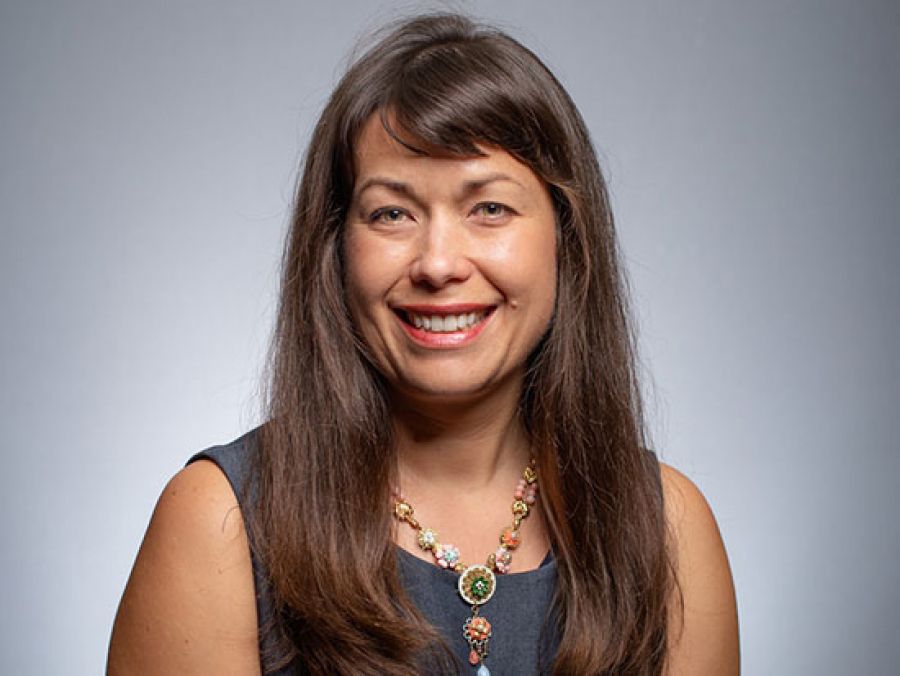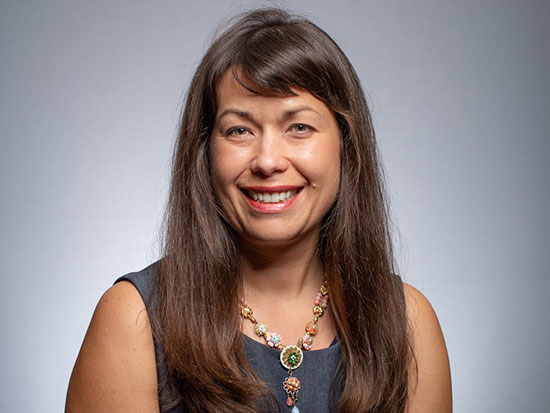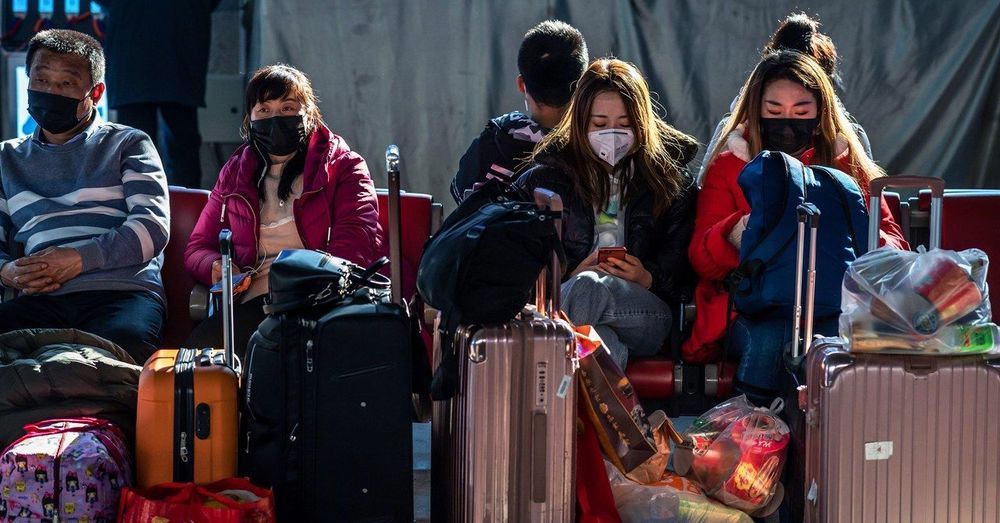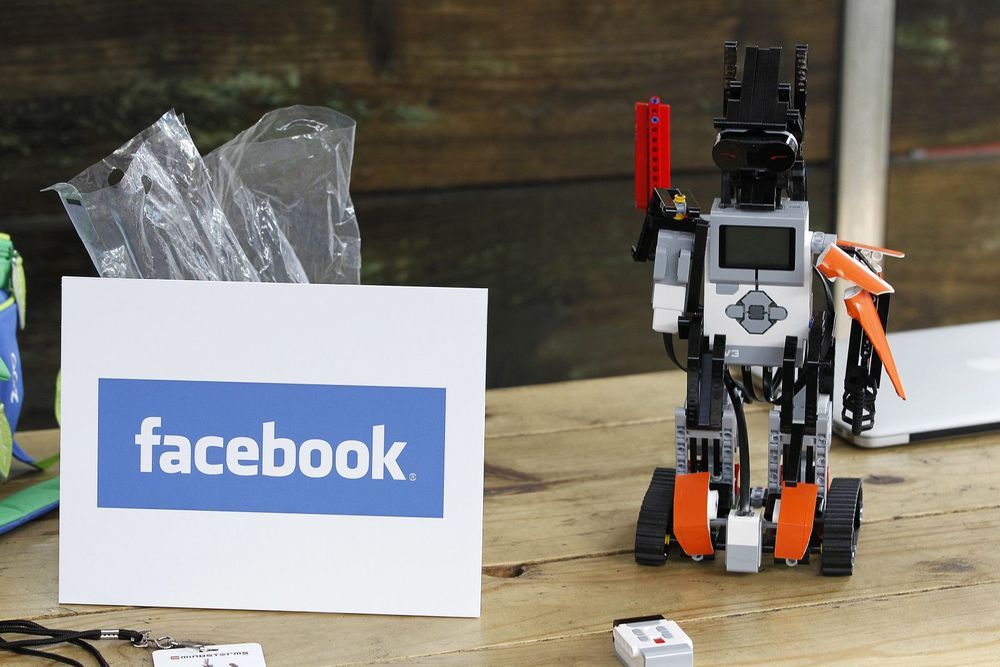Not everything is knowable. In a world where it seems like artificial intelligence and machine learning can figure out just about anything, that might seem like heresy – but it’s true.
At least, that’s the case according to a new international study by a team of mathematicians and AI researchers, who discovered that despite the seemingly boundless potential of machine learning, even the cleverest algorithms are nonetheless bound by the constraints of mathematics.
“The advantages of mathematics, however, sometimes come with a cost… in a nutshell… not everything is provable,” the researchers, led by first author and computer scientist Shai Ben-David from the University of Waterloo, write in their paper.

